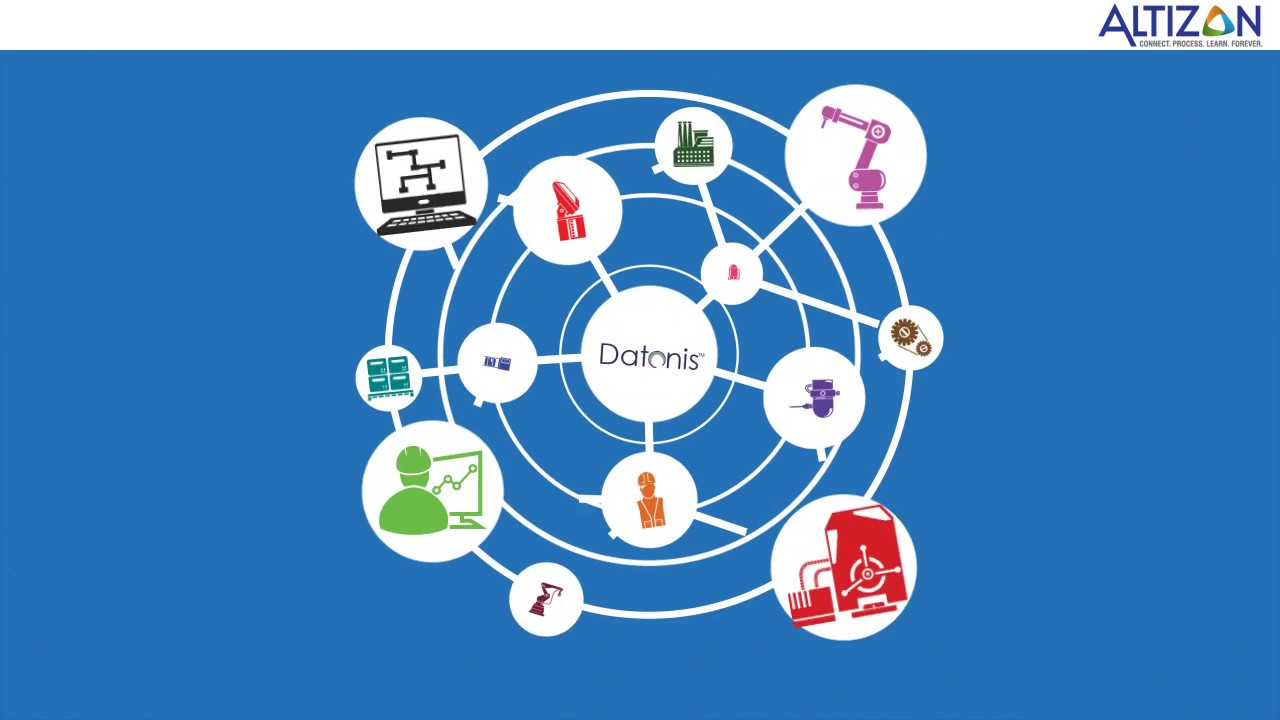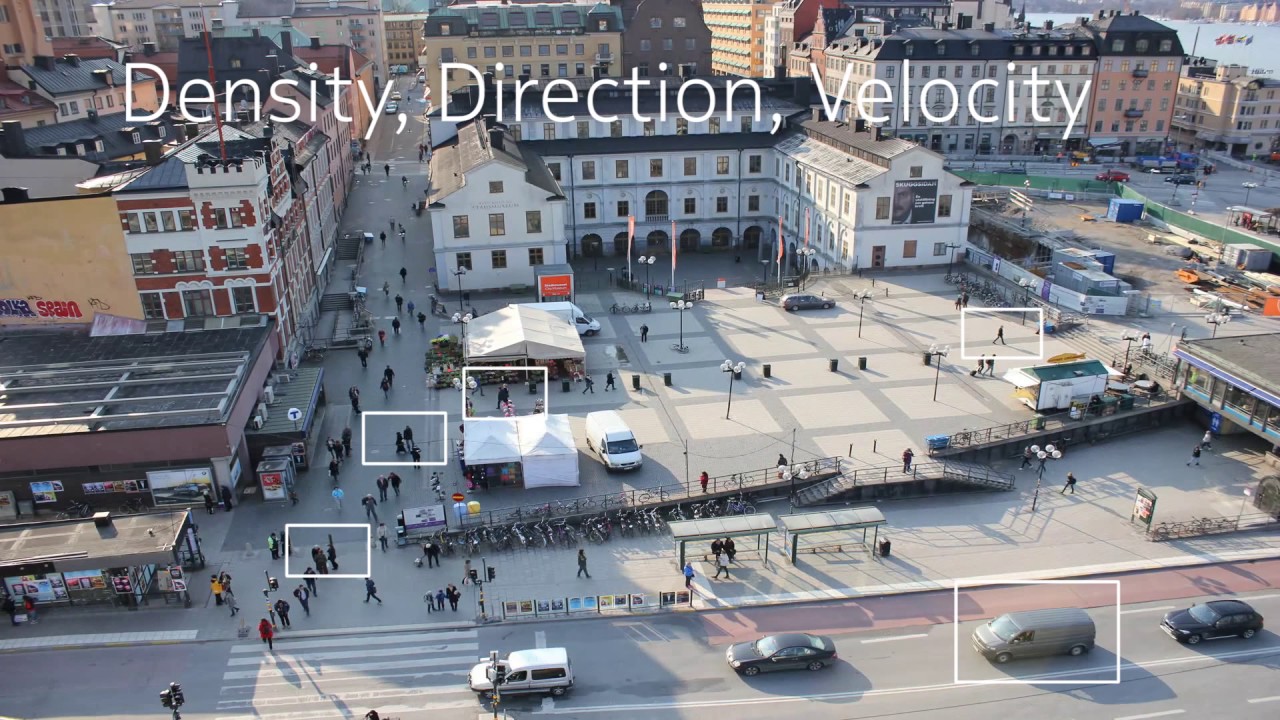5 IoT Trends for 2018
1.Connected Industry
Companies in a wide variety of industries can use the massive amounts of contextual data provided by IoT devices. This will help them to improve manufacturing processes, fine-tune management strategies, and monitor factory/ construction equipment. The trend will be visible in industries such as manufacturing, healthcare, agriculture, fleet management and automotive.
“While much of the attention has been place on acquiring as much raw data as possible, then analyzing it and presenting it to key decision makers, a shift in emphasis is now a foot in that the location and time of data acquisition is becoming just as important as secure communication and the data itself. This shift in emphasis toward more ‘context rich’ data presents exciting opportunities for application developers and system designers in IoT application arenas. For example, instead of simply detecting a dangerous bump or pothole in the road using tire pressure or suspension monitoring sensors, the data can be combined and communicated with precise location data so other trucks in a fleet can avoid that spot and avert fleet‑wide damage,” writes electronicspecifier.com.
Fleet management companies will be able to track mileage, monitor the number of stops taken, and find the current location of their trucks. They can also monitor gas levels, and even detect dangers on the road.
In agriculture, the industrial IoT can help secure the global food supply. With an expected 9.1 billion global inhabitants by 2050, using connected sensors to track temperature, soil conditions, sunlight and humidity, can provide the data needed to ensure optimal use of land. Then accurate location services and timely information communication can guide harvesters to ensure those crops are harvested quickly and efficiently at the optimum time.
2. Smart energy
“With much of global conversation focused on energy consumption, Smart Energy IoT projects will help both commercial buildings and households to better monitor their energy use. Smart streetlights powered by cost-effective and energy-efficient LED lights will help cities lower their environmental impact,” writes excellentwebworld.com.
Moreover, according to the website, Smart Meters will help households and commercial buildings to monitor their overall energy consumption and lower the overall pollution levels of a city, while also helping to detect power outages sooner than ever before.
IoT solutions can be implemented as narrowly as at the circuit level, and by leveraging and analyzing that data with AI, decision-makers can pull actionable information to significantly reduce waste and further optimize business operations. AI also enables real-time alerts and notifications as well as the automation of key functions, such as climate control and lighting. The power of IoT comes from the granular data it provides. Installing sensors on your existing devices enables them to communicate information about conditions like energy usage, pressure, temperature, etc.
3. Smart Supply Chain
A Smart Supply Chain is necessary for companies using AI and Smart data collection technologies, being qualified to “decode” and implement the information collected. It can also ensure that each individual operation within a company is using smart technology. This helps to keep things consistent.
Smart Supply Chains can help to fill in the gaps in production when workers are unavailable. This means that brands can produce more in less time. Additionally, these Smart Supply Chains often possess targeted skill sets that not every worker has. This technology will also help companies to make better use of their storage space, avoid over-production, and help to monitor inventory.
4. ADN Voice Technology
IoT projects that offer voice-led Operating Systems will soon become a part of daily life. They won’t just be a gadget that only the tech-obsessed can’t live without. Amazon’s Alexa has all the chances to become the most popular piece of ADN Voice Technology, outpacing Siri and Google Assistant. To make driving safer, Alexa will be integrated into cars, therefore drivers can ask for directions or change the music without taking their hands off the wheel.
For added convenience, you can use Alexa and other ADN Voice Technology to control your Smart Home. You’ll be able to turn on your lights, adjust your thermostat, and much more.
Since it was founded in 2001, VoiceBox, a provider of contextual voice and natural language understanding (NLU) technologies, has partnered with car, smartphone and wearable manufacturers on its speech recognition technology, said Mike Kennewick, company co-founder, chairman and CEO, for http://internetofthingsagenda.techtarget.com.
5. Smart Cities
A 2016 survey from Daintree Networks,quoted by Business Insider, found that almost 60% of building managers in the U.S. are familiar with the IoT, and 43% believe the IoT would shape how they operate their buildings in the next two to three years. One area with massive potential for improvement is in lighting, as building managers could switch to LED bulbs in order to save money and energy.
Another area is elevators, where the need for greater efficiency is shocking. IBM noted that in 2010, people in New York City waited a total of 22.5 years for elevators. As a result, Allied Market Research expects the smart elevator market to nearly double from $12 billion in 2015 to $23 billion in 2020.
“The greatest implementation of smart architecture and infrastructure is smart grids, which help tremendously with resource conservation. The European Commission expects that 72% of consumers in the European Union will have smart electricity meters installed in their homes by 2020, and 40% will have a smart gas meter,” said Andrew Meola for Business Insider.
Moreover, as excellentwebworld.com points out, thanks to Smart City projects, delayed trains and sitting in hours of traffic may be a thing of the past. These technologies even use cameras to monitor the traffic flow. This means that traffic lights will operate according to the levels of congestion. Public transit riders will get real-time updates regarding when a bus or subway will arrive. Smart City technology will also influence the overall infrastructure of a city. This helps to improve predictive maintenance estimates. It also assists in the control of potential public health crises, and creates better city planning strategies.


